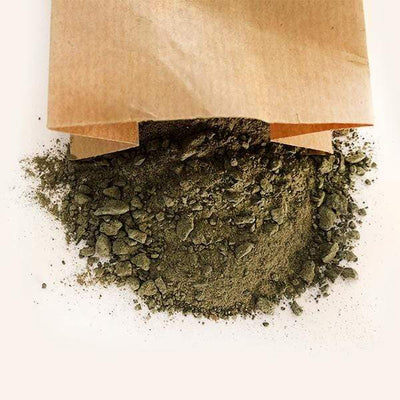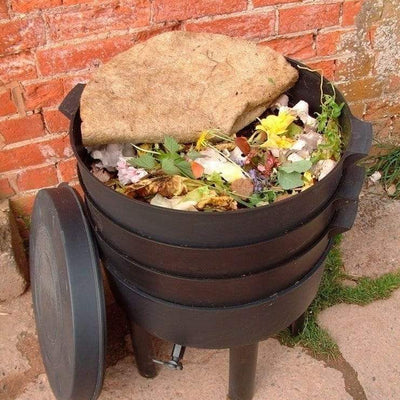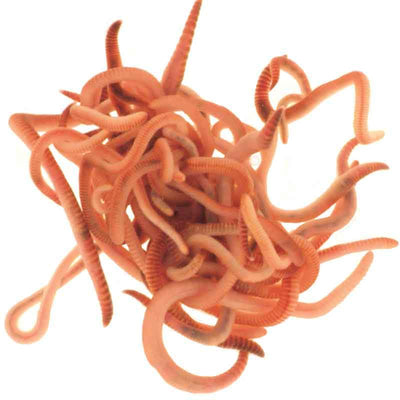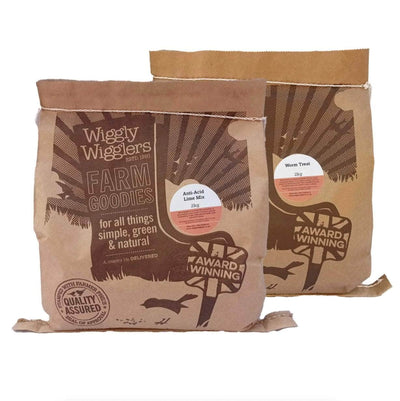Bokashi composting is a method of composting that uses beneficial microorganisms to break down organic matter, including food scraps and kitchen waste, into nutrient-rich soil.
Here are our 10 wiggly top tips to help you make the best bokashi compost:
- Choose the Right Bin: Whether you recycle your bins or buy ones, make sure that they have a tight-fitting lid and a drainage system to prevent air from getting in and allowing anaerobic fermentation to occur. (we have tested all our kits to make sure this is the case). Use a kitchen caddy to collect your kitchen waste as this means you aren’t opening your bokashi kit every few hours…
- Layer and Mix: When adding food scraps to the bokashi container, layer them with a sprinkle of bokashi bran. This bran is inoculated with beneficial microorganisms that aid in the fermentation process. Make sure to mix the food scraps and bran thoroughly to ensure even distribution of microbes.
- Cut Food into Smaller Pieces: Chopping or cutting your food scraps into smaller pieces can accelerate the fermentation process. Smaller pieces have more surface area, allowing the beneficial microorganisms to work more efficiently.
- Drain the Liquid: During the fermentation process, liquid known as “bokashi tea” is produced. This, sometimes pongy, liquid can be drained from the container and diluted to make a nutrient-rich liquid fertiliser. Draining the liquid helps prevent the compost from becoming too acidic. This liquid is also an excellent drain cleaner.
- Finish the Composting Process: Once your bokashi container is full, close it tightly and let it ferment for a couple of weeks. After fermentation, bury the fermented waste in your garden or outdoor compost pile. The buried waste will continue to break down and contribute valuable nutrients to the soil. While you wait you can fill up your next bin.
- Prevent Mould Growth: Mould growth can occur in the bokashi bin due to excess moisture. To prevent this, make sure you’re draining excess liquid properly, and consider adding a layer of bokashi bran on top of the food scraps to create a barrier against mould.
- Use a Secondary Composting Method: After completing the bokashi fermentation process, the waste is still acidic and not fully decomposed. To avoid potential harm to plants, it’s best to bury the bokashi compost in soil or compost it using traditional methods. Alternatively, you can mix it into an existing outdoor compost pile or wormery system.
- Monitor pH Levels: If you’re concerned about the pH of the bokashi compost, you can use pH strips to test the acidity. Bokashi compost is typically acidic, but it should not be overly so. If the pH is extremely low, you might need to adjust your bokashi process or use less acidic waste.
- Avoid Meat and Dairy: Bokashi composting is not recommended for meat and dairy products due to the risk of pathogens surviving the fermentation process. Stick to plant-based kitchen scraps for the best results.
- Clean the Bin Between Batches: After each batch of bokashi composting, clean and sanitise the container before starting a new batch. This helps prevent the buildup of harmful bacteria and ensures a healthy fermentation environment - our Bokashi Essential bins can even be popped into your dishwasher.
Find more info on Bokashi Composting and Everything you need to get started right here https://www.wigglywigglers.co.uk/collections/bokashi-composting
#compost #composting #bokashi #kitchencomposting #foodcomposting #greenliving #ecolife #wigglywigglers #foodwaste #fertiliser






